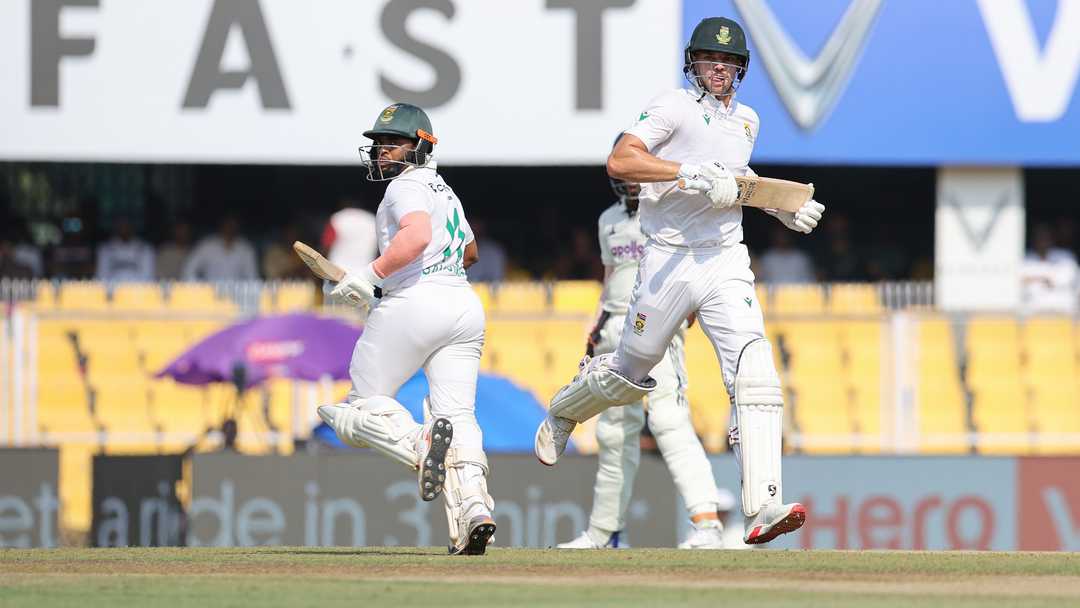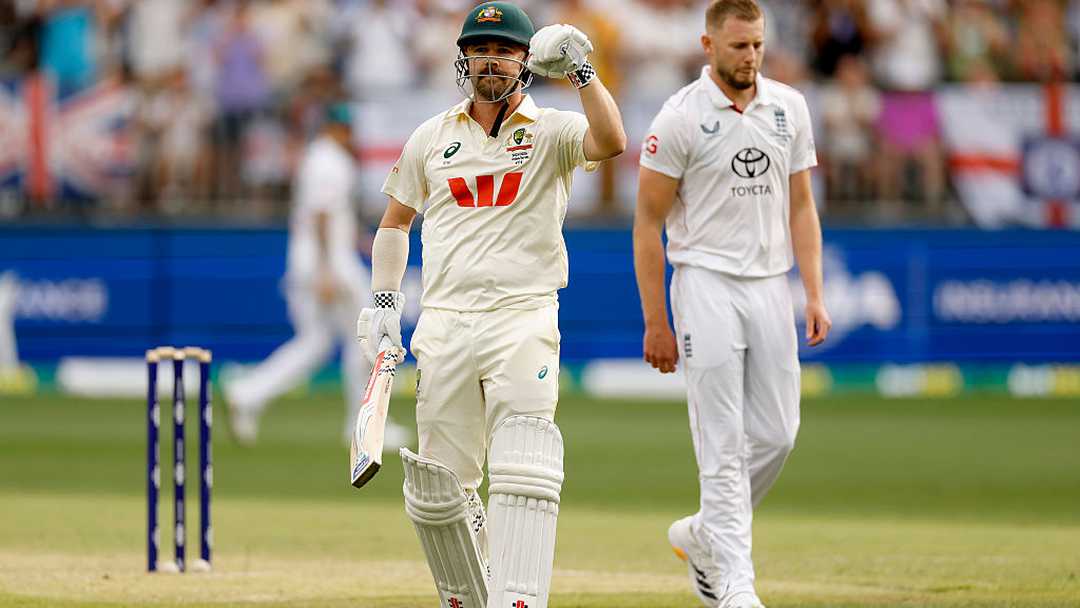
Test cricket's good stuff is in Guwahati, not Perth
Which would you prefer, Test cricket aficionados – a wicket every 23 deliveries in the first three innings or every 82 deliveries on the first day? Would you choose a game that's decided just more than two hours after tea on the second day or a match that, at stumps on the first, looks like it might last into a fourth?
Would you have preferred to be in the vast cauldron of Perth Stadium for the first Ashes Test, or amid the moody hills of Guwahati and the distinctive tented tops of Barsapara Stadium for the opening day of the second Test between India and South Africa?
As exhilarating as Australia's eight-wicket win over England was, it was more TikTok cricket than Test cricket. "Bazball without brains," was how Nasser Hussain described England's batting in the first innings. The pitch, while challenging, wasn't the problem. Stupid strokes played in defiance of the conditions were the issue.
Guwahati's surface was similarly blameless, and we saw our fair share of silly strokes. But what we watched was unmistakably Test cricket. It ebbed, it flowed, it took hard work to make something happen. It left all involved needing a good night's rest because they know they will have to do it all again tomorrow.
That was welcome in the wake of the Eden Gardens Test last week, when a pitch of farcically inconsistent bounce threatened to derail the match as a credible contest. Now South Africa are a win or a draw away from claiming a series in India for only the second time in their eight rubbers there.
"It's definitely a better pitch for batting," Tristan Stubbs told a post-play press conference. "You can bat time, but you look up and the scoreboard's sort of gone nowhere."
Hence the suspense. Having made it almost to the end of the first session with all their wickets intact, South Africa lost Aiden Markram and Ryan Rickelton in the space of four deliveries. There was no further damage until the last session, when four wickets tumbled for 80 runs.
When bad light ended play 8.1 overs early, India were the happier team – they had limited South Africa to 247/6 despite Markram, Rickelton, Tristan Stubbs and Temba Bavuma all batting long enough to reach and pass 30.
Stubbs needed one more run to score his second half-century in four completed innings when he was dismissed by Kuldeep Yadav. "I think I prefer batting at three compared to anywhere else," Stubbs said. "I find at three you can afford to be a little bit more defensive, whereas at five and six you have to come in and take the game on earlier."
Tony de Zorzi was two runs away from joining the 30 club when he hung out his bat to Mohammed Siraj and was smartly caught by a diving Rishabh Pant. Four deliveries later, the umpires decided the light had faded beyond acceptable limits.
Credit is due Pant, who is captaining India in the absence of the injured Shubman Gill. Between overs, as the 80th loomed and the gloom descended, Pant consulted with Jasprit Bumrah about deploying the new ball. It was worth it, as was proved.
De Zorzi's dismissal tilted the balance in India's favour, but the match remains poised. With Senuran Muthusamy and Kyle Verreynne at the crease, and Marco Jansen to come, South Africa have the resources to reclaim the advantage. In Bumrah and Kuldeep Yadav, India have the bowlers to stop that from happening.
There's nuance in that equation, as there is in what Stubbs had to say about batting at first drop. And as there wasn't during cyclone Perth.
The good stuff is in Guwahati.



